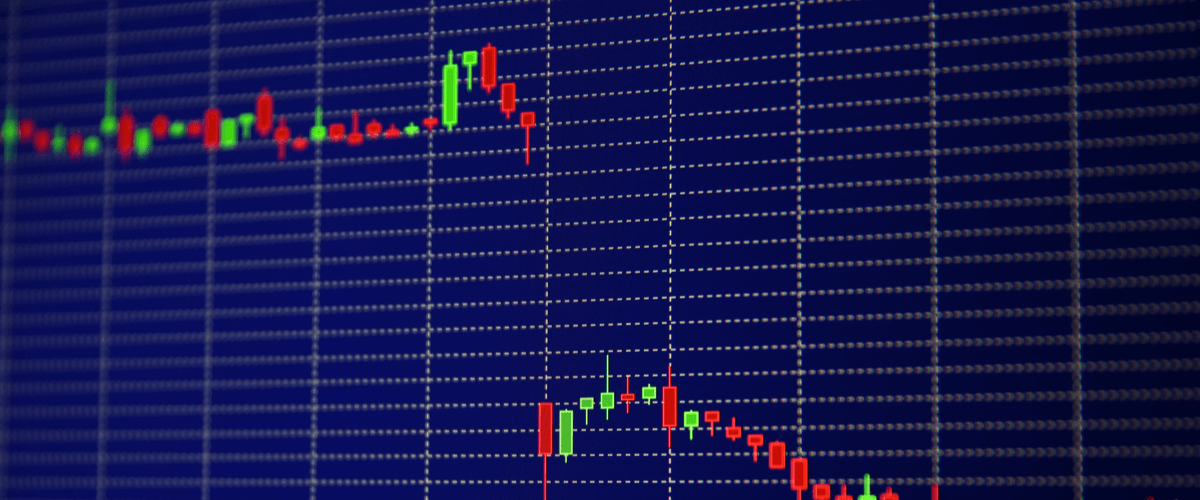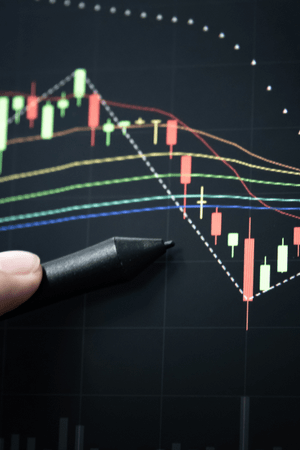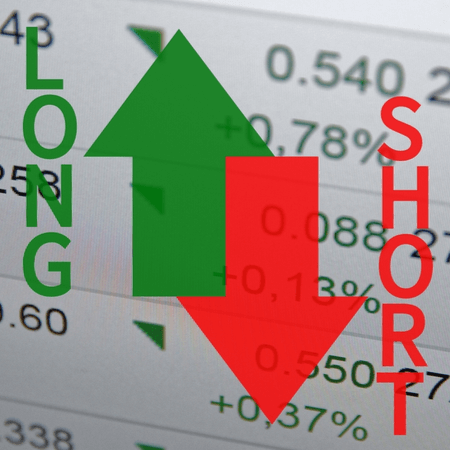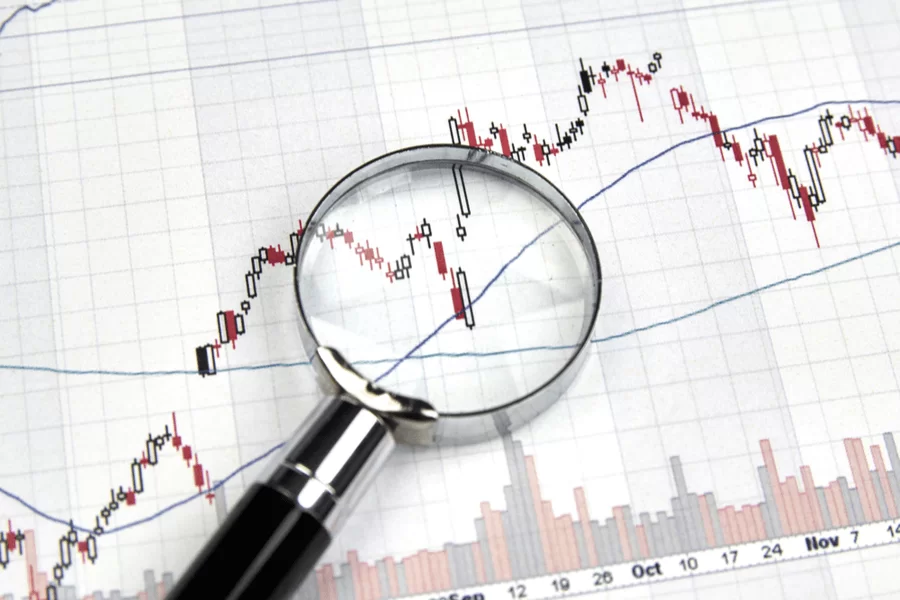
What is gapping?
In the investment world, we speak of gapping when the price of an investment product opens higher or lower than it closed the previous day. This creates a so-called gap: a hole in the price trend. Although you cannot be sure whether something will happen during the time that the stock exchanges are closed, you can reasonably predict the price trend . A gap can arise under various circumstances. For example, consider the situation in which a company’s quarterly figures are presented after the market has closed. If these figures are positive for the company, there is a good chance that the price will open much higher the next day.
Partial gapping versus full gapping
Gapping occurs on a daily basis in various investment products . It is therefore not uncommon to encounter a gap. The fact is that the market always continues to develop – even after the markets have closed.
Roughly speaking, you can distinguish two types of gaps: the partial gap and the full gap. You speak of a partial gap when the opening price is higher or lower than the closing price of the previous day, but remains within the price range of that previous day. Partial gapping should be distinguished from full gapping. A full gap is the case when the opening price is outside the price range of the previous day.
Specific types of gapping
Partial gapping will occur in particular when no interesting developments have taken place after the market closes. A full gap, on the other hand, will usually be the result of developments that are indeed important. However, this distinction says little about the type of gap you are dealing with. A number of types of gaps will be discussed below. You should remember that all these gaps can occur in the form of a partial or a full gap.
Common gap
The name says it all: a common gap is quite normal. The opening price will then be slightly higher or lower than the closing price. You can practically not prevent a common gap from occurring and it is simply part of it. The market never stands still, even when very little is happening.
Breakaway gap
A breakaway gap occurs when the opening price is higher than a resistance or lower than a support area. Such resistance and support areas fall under the domain of technical analysis . It can indicate a lot about the potential future price development of an investment product.

Runaway gap
A runaway gap occurs within a trend. For example, when a price has been rising for a while and the opening price on a day is higher than the closing price of the previous day, then there is a runaway gap. You can see it as a confirmation of a trend.
Exhaustion gap
Exhaustion gaps will most often be encountered at the end of a trend. The word ‘exhaustion’ already indicates that a trend is tired and is probably ending. Often an exhaustion gap is caused by the fact that investors decide to get in at the last moment.
Gap in combination with a stop-loss order
Many smart investors and traders choose to work with stop-loss orders. A position will be closed when the stop-loss price level is reached. But how does it actually work when a gap crosses your stop-loss price? It works like this: when your stop-loss price is touched in a gap, your position will be closed at the first possible price level. So your position will not be closed at the price level of your stop-loss.
A small example with the share price to clarify: the closing price is €10 and you have a stop-loss at €9.50. If the opening price the next day is €8 as a result of a gap, your position will be closed at this €8. This works exactly the same as if you had a short position, only the other way around. The core is: your position is closed at the first moment that this is possible after triggering a stop-loss.
Gapping as a strategy
Several investors and traders use gaps to make trading decisions. A gap can be telling under certain circumstances and influence your decision to enter or not.
Gap and go
The gap and go strategy can be used when the opening price is higher than the closing price of the previous day. You can take a long position and speculate on a price increase. In most cases, a stop-loss order is used to hedge the risks. Gap and go orders are often placed just after the market opens, when data shows that there is a lot of volume in a certain stock before the market opens.
Selling the gap
The above gap and go strategy can also be applied the other way around. You then speculate on a price drop, because the price opens lower than the closing price of the previous day. The fact that a support area has been broken can be an additional indication of this.
Gap fading
Gap fading involves taking a position in the opposite direction of the gap. If the price opens higher than the previous day’s closing price, you take a short position . If the price opens lower, you take a long position . Gap fading is based on the idea that most gaps are automatically filled again. However, this does not always have to be the case. So be cautious about directly applying this gap fading strategy.

Gap as a signal
Some investors and traders use gaps as a signal to trade. You can use gaps to convince you to take a position. This mainly concerns breakaway and runaway gaps. A breakaway gap can give you more certainty after breaking a resistance or support area. A runaway gap can confirm a trend. Both types of gaps can also occur together; this gives an even stronger signal.
Frequently Asked Questions about Gapping
How do you know if a stock is gapping?
The honest answer is: no one knows for sure whether or not a gap will occur. The market will always do its own thing and it is frustrating to lag behind. However, it is possible to speculate on the occurrence of a gap. You can think of the situation in which a company comes up with quarterly figures after the stock exchange closes. For example, if you know that Facebook is coming up with quarterly figures, you can expect the price to make a nice jump. The direction in which the gap will occur depends on the figures. If the figures are good, the price will probably rise. The opposite applies to bad figures. Keep in mind that good or bad figures do not directly influence the price: it is the reaction of investors and investors that influences the price.
What does volume say about a gap?
When a gap occurs and an increase in volume can be detected, there is a chance that the price will continue to move in the direction of the gap. Volume is a relevant factor in assessing the intentions of investors when it comes to gaps. With an above-average volume, you can often qualify a gap as a breakaway gap. If the volume is relatively low, you could see it as an exhaustion gap.
Compare brokers and start investing!
Do you want to use the knowledge from this article in your investment strategy? Then don’t forget to choose a suitable provider for your trades by starting by comparing brokers . In addition to being able to save costs, you can also choose the best platform that fits your strategy.
Our reading tips
for the novice investor
